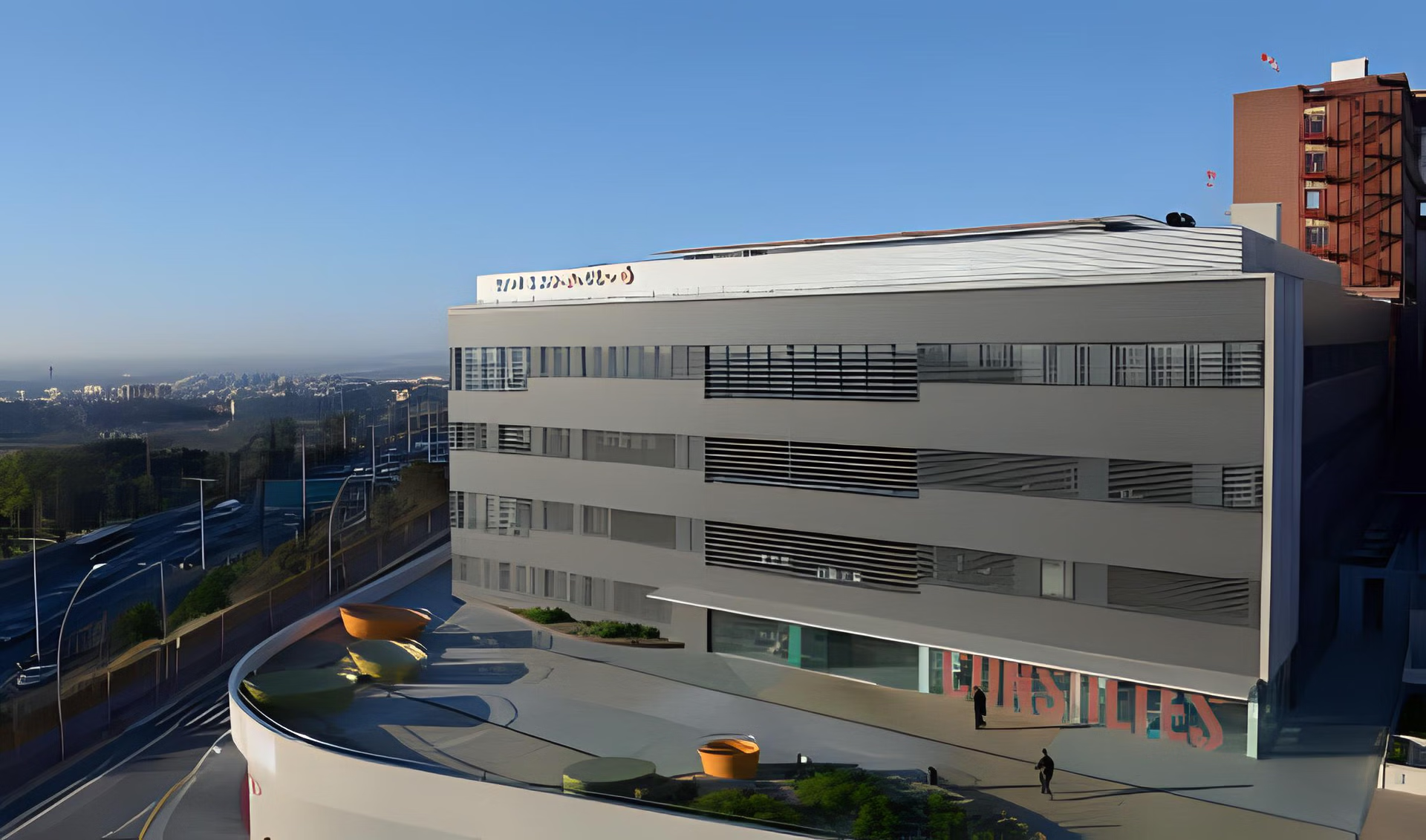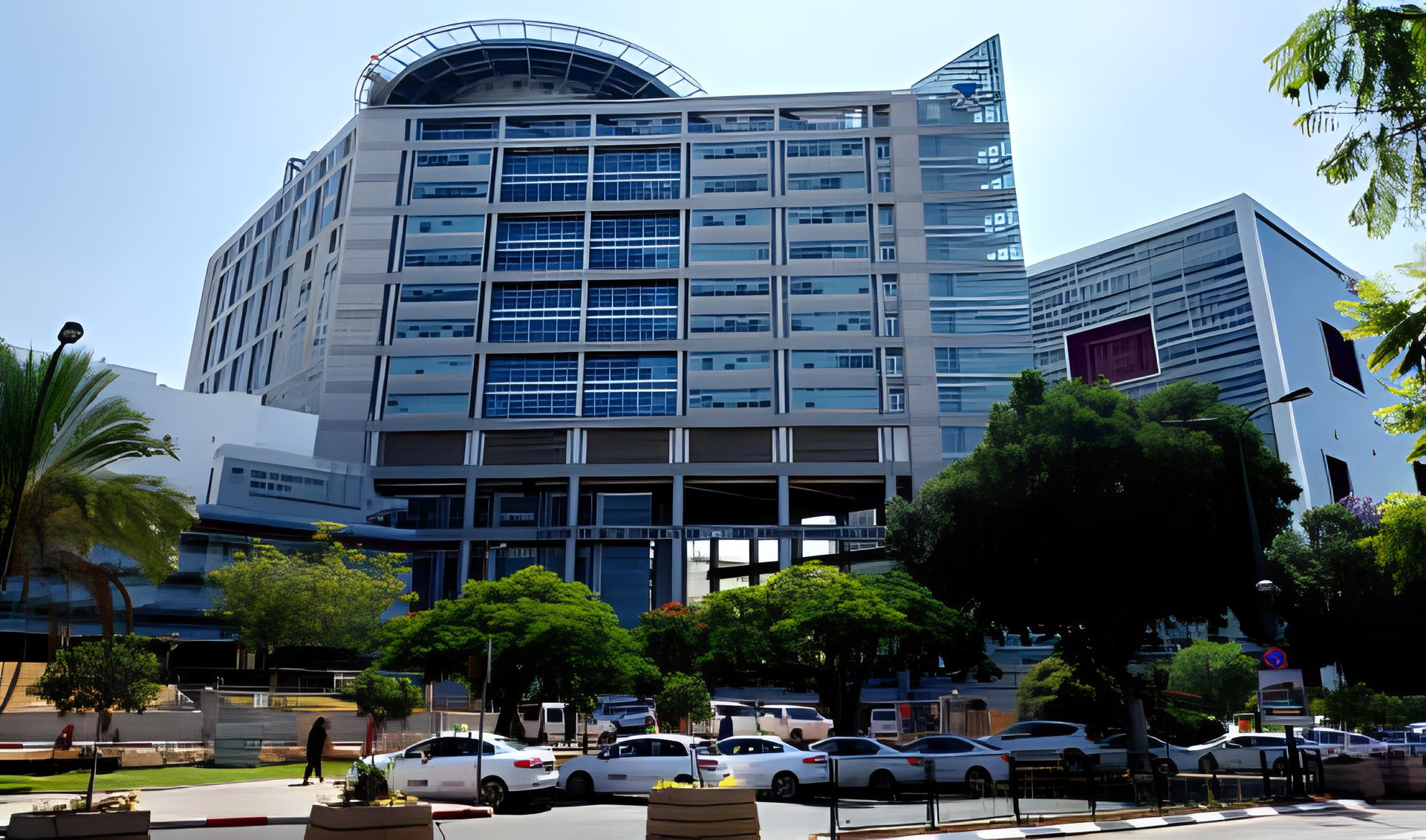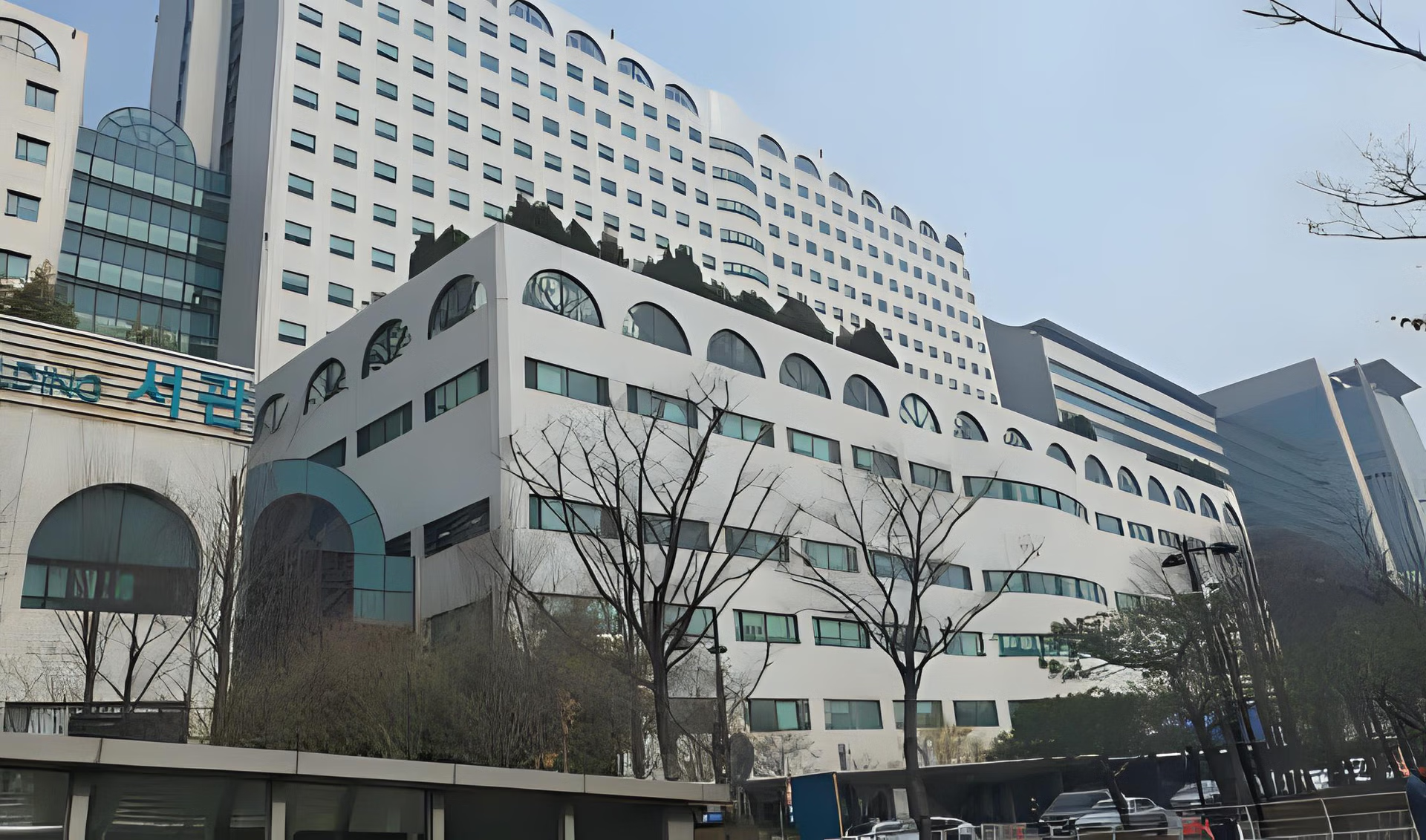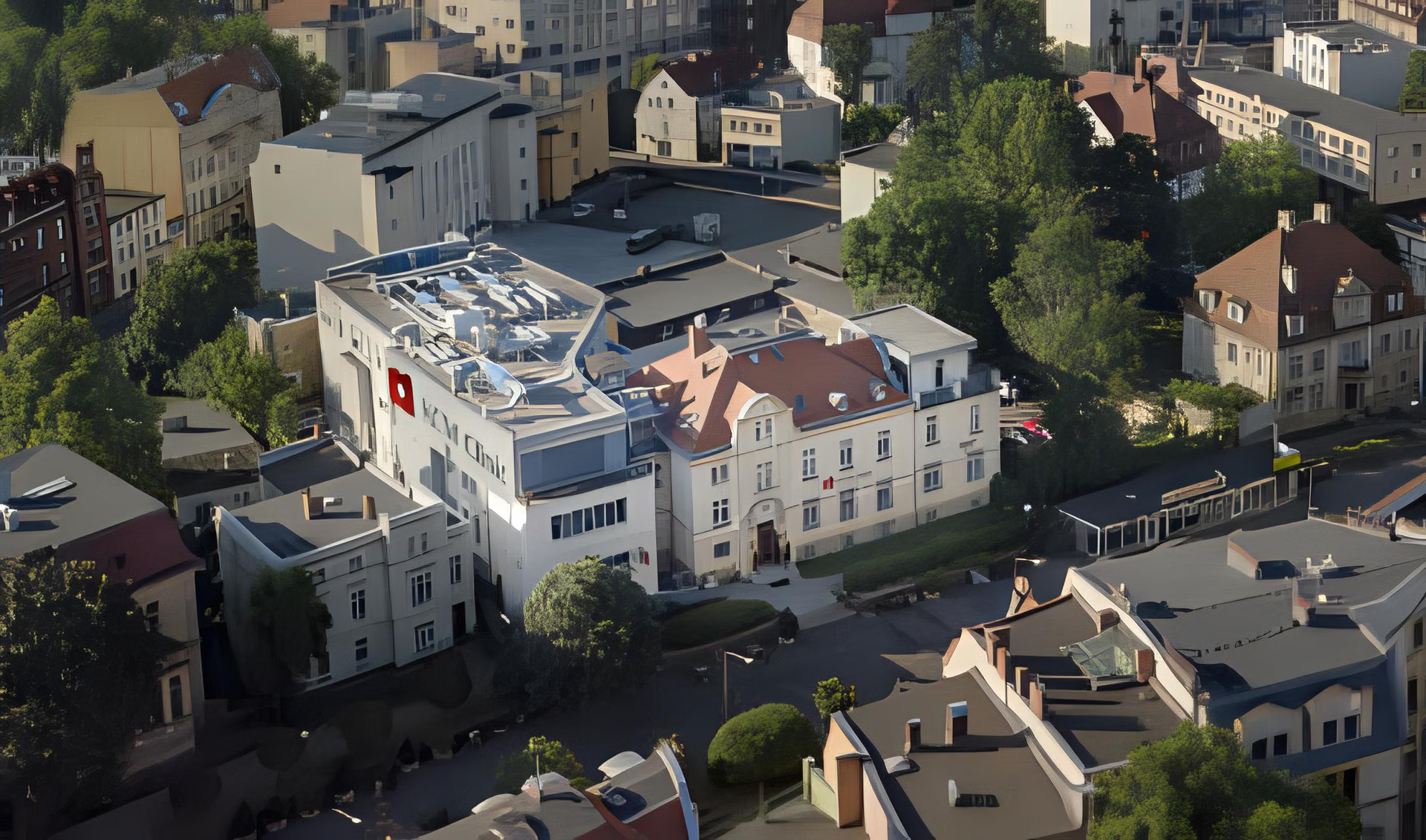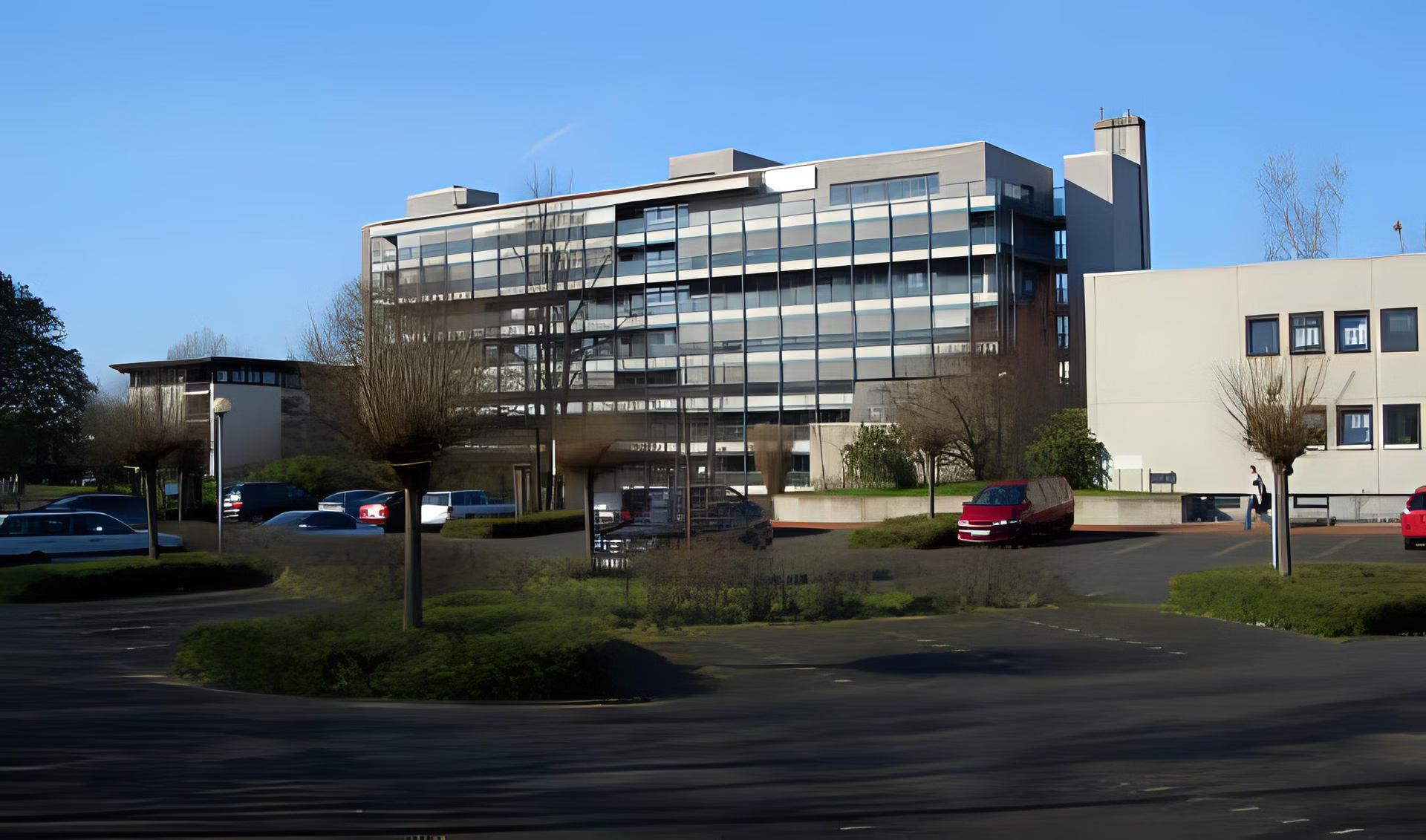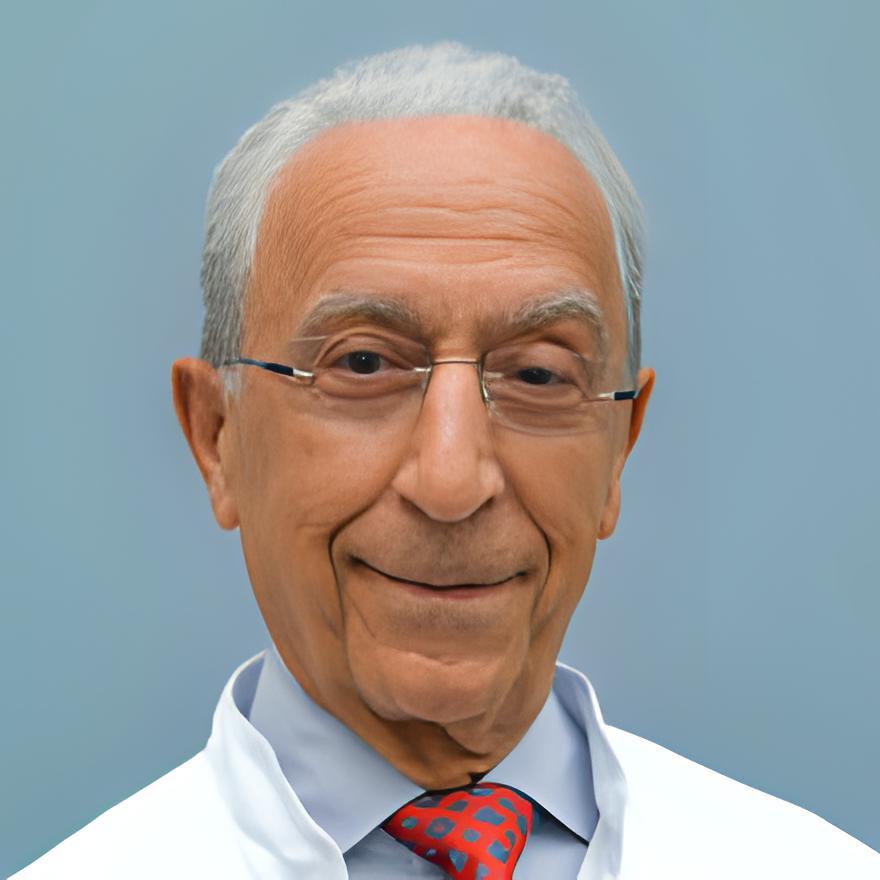Chiari Malformation Guide

About 90% of patients with Chiari malformation type 1 don't show specific symptoms.
80% of adult patients with newly discovered CM are women.
About 50% of all Chiari malformation type 1 discovering incidentally.
Up to 18% of kids with Chiari malformation type 2 die before age three.
 About the anatomy of the nervous system, skull, and spinal cord?
About the anatomy of the nervous system, skull, and spinal cord?
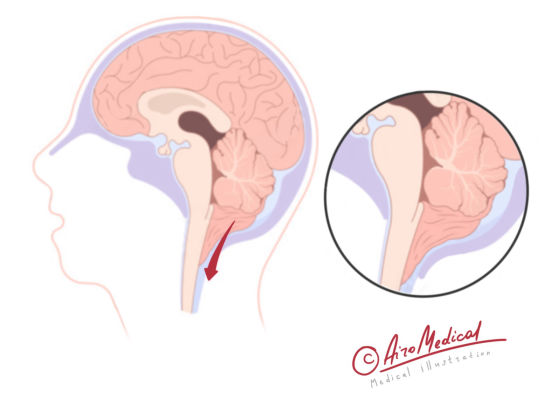 Bones (skull and backbone) surround organs of the central nervous system (brain and spinal cord). Mostly, it's necessary to protect the soft tissues of the brain and spinal cord from possible physical damage. The brain's tissues directly continue into the spinal cord via the brainstem, which is necessary for an adequate flow of nerve signals.
Bones (skull and backbone) surround organs of the central nervous system (brain and spinal cord). Mostly, it's necessary to protect the soft tissues of the brain and spinal cord from possible physical damage. The brain's tissues directly continue into the spinal cord via the brainstem, which is necessary for an adequate flow of nerve signals.
The connection between different parts of the central nervous system primarily maintain thanks to a hole in the base of the skull called the foramen magnum. In addition, the cervical vertebras of the backbone directly but movably attach to the skull's base to protect all parts of the spinal cord. Finally, inside each vertebra is a hole that creates a spinal canal where the spinal cord remains.
Many neurological diseases and conditions might disrupt the natural placement of the brain and the spinal cord. Unfortunately, about 80% of severe conditions related to the location's replacement of the spinal cord and brain lead to death or disability. Naturally, this fact increases the importance of timely diagnosis and proper treatment of these issues.
 General info about Chiari malformation and its types
General info about Chiari malformation and its types
Chiari malformation (CM) occurs when certain brain parts (often cerebellum, medulla oblongata, or pons) pass a foramen magnum, enter a spinal canal, or create a herniation. In most cases, neurologists might consider Chiari malformation if the brain tissues shift up to more than 5 mm along the course of the spinal cord. Due to the specific nature of the brain, spinal cord, skull, and cervical anatomy, there are several types of CM.
Types of Chiari malformation
- Chiari malformation type 1 (CM1). About 1% of all adults and up to 3,6% of all newborn kids have CM1. It's the most frequent type of Chiari malformation. Still, most of them will remain asymptomatic. In most cases, symptoms of CM1 will arrive if at least 13 mm of the brain shift to the spinal canal.
- Chiari malformation type 2 (CM2). Primarily, CM2 is associated with open neural tube defects (spina bifida) and many other congenital intracranial anomalies. Parts of the brain in the spinal canal include the brainstem, fourth ventricle, vermis, and others. Unfortunately, about 3% of all newborns die during the first month after birth.
- Chiari malformation type 3 (CM3). A large volume of the brainstem, cerebellum, and spinal cord are involved in the process. All these structures create cysts in the area of the nape or neck. Fortunately, less than 1% of all Chiari malformations consider type 3.
- Chiari malformation type 4 (CM4). Chiari malformation type 4 is usually related to brain agenesia (absence of adequate brain development). Unfortunately, this state is not compatible with life.
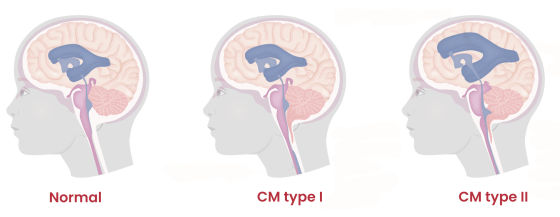
There are also described cases of rare Chiari malformation types like 3,5, and 5. For example, there was only 1 case of CM3,5 documented in 1894. A discovered embryo has the brain and cervical part of the spinal cord in the stomach. Fortunately, no similar cases have been found ever since. Anyway, most often, doctors didn't consider them part of the standard classification.
As you already understand, CM is a hereditary condition. It occurs during fetal development in about 95% of cases. All of those cases consider so-called primary Chiari Malformation. CM is considered secondary if it occurs due to trauma or disease after birth. For example, prolonged cerebrospinal fluid leaks in any spinal cord area are often related to CM.
 Factors increasing the risk of Chiari malformation and prevention
Factors increasing the risk of Chiari malformation and prevention
Some adult patients are more likely to develop secondary CM than others. However, in the case of primary CM, nothing depends on kids. Mostly, they get the condition due to various diseases or specific behaviors of their parents (primarily mothers), including poor diet, destructive and harmful habits, lack of vitamin D, and others.
Aspects that might increase the likelihood of CM among adults
- Gender. Adult women are more likely to develop Chiari malformation (5:1 ratio compared to men).
- Trauma. Any brain, spinal cord, and skull concussions, cracks, and fractures increase the probability of secondary CM.
- Neurological diseases. A vast number of neurological disorders might lead to a secondary Chiari malformation. Among them are hydrocephalus, meningitis, encephalitis, and many others.
- Hereditary genetic abnormalities and syndromes. Neurofibromatosis type 1 and type 2, tuberous sclerosis complex, Klippel-Trenaunay syndrome, Sturge-Weber syndrome, and 25 more syndromes strongly associated with CM1.
- Family history. There is a slightly bigger chance of getting Chiari malformation in case this already happened to one of the patient's closest relatives.
Some statistics from the USA research also mention that Caucasians are slightly more likely to develop Chiari malformation compared to Afro-Americans and Asians. Still, studies from African and Asian hospitals often present different statistics. So, most definitely, there is no relation between race and disease development.
Can Chiari's malformation be prevented?
It's possible to increase the chance of avoiding primary CM. Unfortunately, you can't do much as an individual, as mothers should do most preventive actions during pregnancy. Among the most effective methods of CM prevention among kids are a healthy lifestyle, a sufficient diet, avoiding unhealthy behavior, and regular check-ups and tests while pregnancy.
It's necessary to avoid neurological diseases, especially at an age when the nervous system develops, and go through a timely treatment in case a patient gets one. Unfortunately, there is no effective way to avoid congenital hereditary diseases, but it's possible to decrease the risk of associated Chiari malformation by taking certain medications and nutritional supplements.
 What are the main symptoms of Chiari malformation?
What are the main symptoms of Chiari malformation?
It's important to remember that up to 70% of all patients with Chiari malformation type 1 remain asymptomatic. In addition, Chiari malformation symptoms in adults remain unrevealed in most cases. Also, it's essential to remember that symptoms might vary depending on the CM type and severity of the condition.
The most often symptoms of Chiari malformation in adults
- Headaches. Up to 87% of patients with Chiari malformation experience headaches. At the same time, about 50% of patients with headaches said it's localized in the nape area, and 13% complained about headaches when coughing.
- Syringomyelia. Syringomyelia is a condition related to developing a cyst inside the spinal cord. This cyst is called syrinx and might include parts of the spinal cord and brain. Up to 65% of patients with CM develop syringomyelia.
- Dizziness. About 52% of patients with CM reported dizziness. More likely, dizziness develops in response to damaging the cerebellum and other parts of the brain and spinal cord.
- Numbness. Around 36% of patients with Chiari malformation report numbness of any kind. Patients with CM are more likely to develop numbness in the feet than in other body regions.
- Paresthesia (feeling of burn, cold, itchy, or tickle without reason). As many as 30% of patients with Chiari malformation report paresthesia. Fortunately, in most cases, this symptom comes and goes.
- Scoliosis. Scoliosis is confirmed when doctors find an abnormal lateral curvature of the patient's spine. Up to 31% of patients with CM develop scoliosis.
- Kyphosis. Kyphosis is another condition related to an abnormal curvature of the patient's spine, but to the back side and mainly in the chest and lower back areas. About 23% of patients with Chiari malformation develop kyphosis.
Some symptoms, such as headaches and dizziness, might also be related to increased intracranial pressure or other reasons. As a result, sometimes it's possible to have most CM symptoms but not actual Chiari malformation. So, it's always essential to go through a proper diagnostic procedure before starting a treatment or taking further action.
 How to find out about a Chiari malformation?
How to find out about a Chiari malformation?
Various methods of medical imaging remain among the most effective ways to verify the diagnosis of CM. Still, in most cases, patients have to have some complaints to sign a first test, which rarely happens in adults. As a result, about 50% of adults got their diagnosis accidentally, while the Chiari malformation symptoms were not observed.
The most effective ways to verify CM diagnosis
- Magnetic resonance imaging (MRI). MRI remains among the golden standard in CM diagnostics, especially for adults and teenagers. Up to 3,6% of all kids' MRIs show signs of Chiari Malformation.
- X-ray and CT of neck and skull. These methods might be an excellent alternative for MRI, especially in case of any contraindications. Also, they might reveal additional details about the structure of the skull and cervical vertebrae and help to develop a better treatment plan.
- Myelography. During myelography, radiologists inject contrast dye inside the spinal canal to observe the spinal cord and other structures via fluoroscope (real-time X-ray machine). It's an excellent method to replace MRI and get additional information about the anatomy of the spinal cord and the brain's structure before surgery.
- Fetal sonography. That is one of the most valuable methods for previous early diagnostics of CM, which is especially valuable for Chiari type 2, type 3, and type 4. Fetal sonography is a part of routine check-ups for pregnant.
- Fetal MRI. When doctors find specific signs of pathology during fetal sonography, a fetal MRI is performed to verify it. It's a highly sensitive method that can help to confirm Chiari Malformation in fetuses with up to 95% accuracy.
Various lab tests are not helpful when doctors verify the diagnosis of Chiari malformation. Still, they are precious during the surgery preparation. The most useful and required for planning surgery lab tests are complete blood count (CBC), electrolyte levels, and coagulation profile.
Countries that offer the most advanced Chiari malformation treatment
 What are Chiari's malformation treatment options?
What are Chiari's malformation treatment options?
It is essential to remember that about 80-85% of kids might spontaneously regress the symptoms of Chiari malformation, and there is about a 90% of probability of syringomyelia spontaneous regression. Unfortunately, sometimes the severity of symptoms might significantly increase, and as a result, the patient might require immediate treatment.
The most used methods of Chiari malformation treatment
Medical conservative management
In about 90% of cases of CM type 1, patients don't show any severe specific symptoms. Therefore it's possible to perform Chiari malformation treatment without surgery with only a slight medical correction (using injections, medications, etc.) of the most frequent symptoms (like headaches).
Surgical options
Surgery is the only possible treatment method for CM type 2 and CM type 3 and one of the most effective treatment methods for CM type 1. In general, 75% of patients who undergo surgery report improvement in their well-being, and only 17% don't feel any changes.
- Posterior fossa decompression. That is the most frequent type of surgical treatment for Chiari malformation type 1. Most often, neurosurgeons reach the foramen magnum by creating a hole in the skull near the nape and making it bigger. Still, lots of other possible approaches also can be used.
- Spinal decompression surgery. If the main reason for Chiari malformation is related to the spinal cord or backbone, spinal decompression is a method of choice. Surgeons remove a part of vertebrae that creates a burden on the way of the spinal cord. In general, up to 38% of patients with CM undergo spinal decompressions.
- Minimal invasive surgery techniques. Lots of techniques allow reducing soft tissue damage, a recovery period, and amount of complications. Unfortunately, it's not always possible to use those methods due to the anatomical features of the spinal cord, brain, skull, and backbone.
- Myelomeningocele correction. This method uses to treat Chiari malformation type 2 in newborns. Typically myelomeningocele correction performs in the first 48 hours after the birth. Unfortunately, 3% of all newborns with Chiari type 2 die after birth, before treatment, and before leaving the hospital.
- Laminectomy. During a laminectomy, surgeons remove a part of the vertebral bone (most often in the neck area) called the lamina to create more space for the spinal cord and remove the compression. Up to 91,8% of patients show clinical improvement after this surgical treatment.
Pediatric Chiari malformation treatment also includes a specific approach called the waiting tactics. However, waiting tactics only could effectively suit kids with asymptomatic CM type 1. The main idea is to carefully observe the patient's state to reveal any possible symptoms and undergo regular check-ups (mainly MRI) to determine a potential increase in brain structures' movement towards the spinal cord. Whenever any worsening is detected, doctors use other treatment methods.
Chiari malformation treatment centers and hospitals worldwide
 New treatment for Chiari malformation
New treatment for Chiari malformation
Chiari malformation in adult treatment methods develops much slower compared with techniques suitable for kids. Interestingly, 83,4% of patients with CM who required treatment undergo surgery during their disease history. Unfortunately, there is not much that even the best clinics and hospitals worldwide can do without surgeons to treat Chiari malformation due to a specific localization and anatomy of involved organs.
Advanced surgical solutions for Chiari malformation patients
- Shunting. A shunt (the device that helps cerebrospinal fluid flow adequately) implants inside the brain or the spinal cord. As a result, the patient receives the possibility to decrease intracranial pressure, which is crucial for patients who got a Chiari malformation related to hydrocephalus.
- Transnasal and transoral endoscopic approach. In some rare cases, various structures may compress the brainstem and the spinal cord parts in the pharynx, larynx, throat, and mouth. Surgeons often use transnasal endoscopic surgeries in those cases. Cameras and special instruments approach via the nasal cavity to the anatomy structure that creates pressure, and surgeons resect (delete) them.
- Prenatal myelomeningocele correction. Mostly, this method is very similar to myelomeningocele correction. Still, it's done after a hysterotomy (cutting the womb) to reach a child before birth, and in most cases. It also allows the mother to keep a child in the womb after the surgery. This method helps to decrease the risk of fetal and neonatal death by 30% compared with traditional surgery.
- Fusion surgery. Fusion surgery allows two or more separate vertebrae to create a single bone. As a result, there will be no additional space between vertebrae, and the spinal cord and parts of the brain can't make myelomeningocele. Only 3,1% of all patients with Chiari Malformation have indications for this operation.
- Cerebrospinal fluid (CSF) diversion. When Chiari malformation related to cerebrospinal fluid leaks or increased intracranial pressure, it's possible to direct the flow of CSF to other body cavities. Neurosurgeons prefer to implant a shunt between the spinal cord and the abdomen when using cerebrospinal fluid diversion. CSF actively and quickly absorbs inside a belly without any harm. Less than 3% of all patients with CM undergo this treatment.
- Surgeries with dural grafts. To prevent any possible complications, including cerebrospinal fluid leaks, surgeons began to use so-called dural grafts after decompressions. Dural grafts might be made of cadaver parts, collagen, parts of human skin, and many other materials. Dural grafts help to decrease the possibility of complications by up to 79%, depending on the exact type of graft.
- Cerebellum tonsillectomy. In some cases, neurosurgeons have to remove some parts of the cerebellum to generate the best possible outcomes for the patient. About 27% of all patients with severe CM undergo this surgery.
As science and medicine keep developing, more and more Chiari malformation alternative treatment methods are created worldwide. However, many still need to be approved or undergo clinical trials. Only up to 7% of patients might require additional treatment sessions. Still, if you are interested in trying a new treatment method for CM, AiroMedical can help you to find a proper therapy or become a part of clinical trials.
Best Chiari malformation doctors worldwide
 Statistics and prognosis for patients
Statistics and prognosis for patients
It's noticeable that most patients with various types of Chiari malformation have an excellent prognosis after the treatment. Up to 27-47% of adult patients who undergo conservative (without surgery) Chiari malformation treatments report improvement in symptoms' intensity after 15 months. Still, a low possibility of complications in adults makes surgery a method of choice for both groups of patients with CM type 1: kids and adults.
Complications within 90 days after undergoing CM surgery
- Cerebrovascular infarction - 0,67%
- Meningitis - 4,8%
- Wound infection - 3,2%
- Dural graft complication - 1,8%
- Wound disruption - 1,3%
- CSF leak, pseudomeningocele - 13,5%
Unfortunately, the complication rates might increase for patients with obesity (by up to 15,1%), psychoses related to schizophrenia and bipolar disorder (by up to 4,1%), and chronic lung diseases (by up to 29,6%). Also, less than 11% of all cases (adults and kids) of Chiari malformation end up with lethal outcomes, but only one in three patients who undergo treatment enter those 11%. That gets us to the point that it's better to get treatment than avoid it.
So, it's better to learn first about all possible treatment options and pick the most suitable treatment method. To get as much valuable information about available treatment options, it's always wise to seek a distant second opinion from as many specialists as possible. AiroMedical gathered a significant database of the best medical practitioners all over the globe, who will gladly help to treat any Chiari malformation type for both kids and adults.
References:
- Heiss, J.D., Argersinger, D.P. (2020). Epidemiology of Chiari I Malformation. In: Tubbs, R., Turgut, M., Oakes, W. (eds) The Chiari Malformations. Springer, Cham. https://doi.org/10.1007/978-3-030-44862-2_21
- Spazzapan P, Bosnjak R, Prestor B, Velnar T. Chiari malformations in children: An overview. World J Clin Cases. 2021;9(4):764-773. doi:10.12998/wjcc.v9.i4.764
- Sadler B, Kuensting T, Strahle J, et al. Prevalence and Impact of Underlying Diagnosis and Comorbidities on Chiari 1 Malformation. Pediatr Neurol. 2020;106:32-37. doi:10.1016/j.pediatrneurol.2019.12.005
- Adzick NS, Thom EA, Spong CY, et al. A randomized trial of prenatal versus postnatal repair of myelomeningocele. N Engl J Med. 2011;364(11):993-1004. doi:10.1056/NEJMoa1014379
- Passias PG, Pyne A, Horn SR, et al. Developments in the treatment of Chiari type 1 malformations over the past decade. J Spine Surg. 2018;4(1):45-54. doi:10.21037/jss.2018.03.14
- Greenberg JK, Ladner TR, Olsen MA, et al. Complications and Resource Use Associated With Surgery for Chiari Malformation Type 1 in Adults: A Population Perspective. Neurosurgery. 2015;77(2):261-268. doi:10.1227/NEU.0000000000000777

